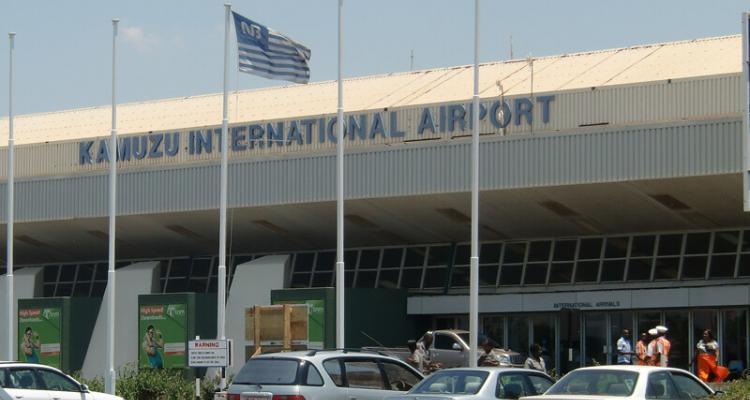
Expansion works at Kamuzu International Airport (KIA) will include replacing a surveillance system which broke down 17 years ago.
Government has been failing to install a new surveillance system at the airport due to high cost of equipment.

Main contractors behind the rehabilitation works, Marubeni Protechs, said they intend to put in place secondary surveillance radar equipment and automatic dependence surveillance broadcast mode equipment.
According to Chief Consultant for Marubeni Protechs Takao Yamaguchi, the new surveillance system will enable air traffic controllers to have full visibility of all flights from all directions which will enhance separation and safety.
There will also be construction of a new arrival wing, new departure wing and a new domestic terminal.
Yamaguchi told the local media that expansion and rehabilitation of the passenger terminal building will be done during the rehabilitation phase.
“We intend to install X-ray scanner for checked and carry-on baggage, metal detector gate, portable metal detector, aerial work platform plus CCTV system which will also enhance the security of the terminal,” he said.
Chief Executive Officer for ADL, Rodrick Chattaika said the rehabilitation works will allow the airport to handle more flights and passengers.
“This entails that we would now meet international standards in terms of safety and security while at the same time increasing the space that we can handle more passengers,” he said.
He also noted that congestion at the airport will be reduced and passengers will be moving quickly since the arrival hall would be expanded, the immigration counters would be more than the current ones and there will be more check-in counters.
The project which is being financed by the Governments of Japan and Malawi through Airport Development Limited (ADL) and Department of Civil Aviation (DCA) is expected to be completed in 2019.















We are not serious
“New surveillance system will enable air traffic controllers to have full visibility of all flights from all directions which will enhance separation and safety”. We have had cases of aircraft violating, or flying without clearance into our air space since the time the first radar system went down. KIA was indeed well equiped in terms of surveillance in 1983, when airport was first opened, for international air navigation. Imagine, we had in place, Weather surveillance radar systems, Radiosonde, for atmospheric weather sampling and research, we had, communication or very effective information communication systems, aircraft survellance radar both in control, area and approach. All these went down with time and without replacement. However we must not forget technology is changing at a very fast rate. It is my prayer, that authorities have responsibility to realise that in Aviation or Air transport, safety is paramount. Surely it is extremely important to keep changing both the face and equipment for air operations. This is why we need caring leadership for the country in order to employ, implement and maintain the ICAO (Facilites and Services Implimentations documents) guidelines for international Standards.
Henry Jackie Tawakalie please help your country lol
hahahahahaha zawo zimenezo
Koma ku Malawi guys…
Sometimes we shouldn’t rush to comment on poorly reported story,Just imagine the head line reads “KIA to have first surveillance system in 17 years”, should we say the airport had no CCTV’s at all?If not,why are they saying ” Expansion works at Kamuzu International Airport will include replacing surveillance system which broke down 17 years ago”?Go back in class Malawi 24
Malawi ikufunika ma Presidential omwe akhala kunja kwa nthawi yayitali auziwa moyo osati zinazi DPP woyeeeee
BODZA
Mwachidule chala m’mwamba
Tima CCTV to
DPP boma
Muhahahaha
mavuto eish
PATHETIC COUNTRY I WAS BORN IT
Eish kumangosewera ma cashgate mpaka zaka 17 kudutsa, no one wanted kupanga install, even maintenance chabe. Ataa! Nzomvetsa chisoni zedi izizi
Kodi imeneyo Airport mwatiiii??
Then chakwera will say Mutharika is doing nothing. Ufiti chani?
Dpp!!!!!!!!
That’s a good development. Komanso ikufunika maintanance airport ngati podyetsera ng’ombe ndi mbuzi
Ulemu wanu Mr muthalika.
Thank you my good government